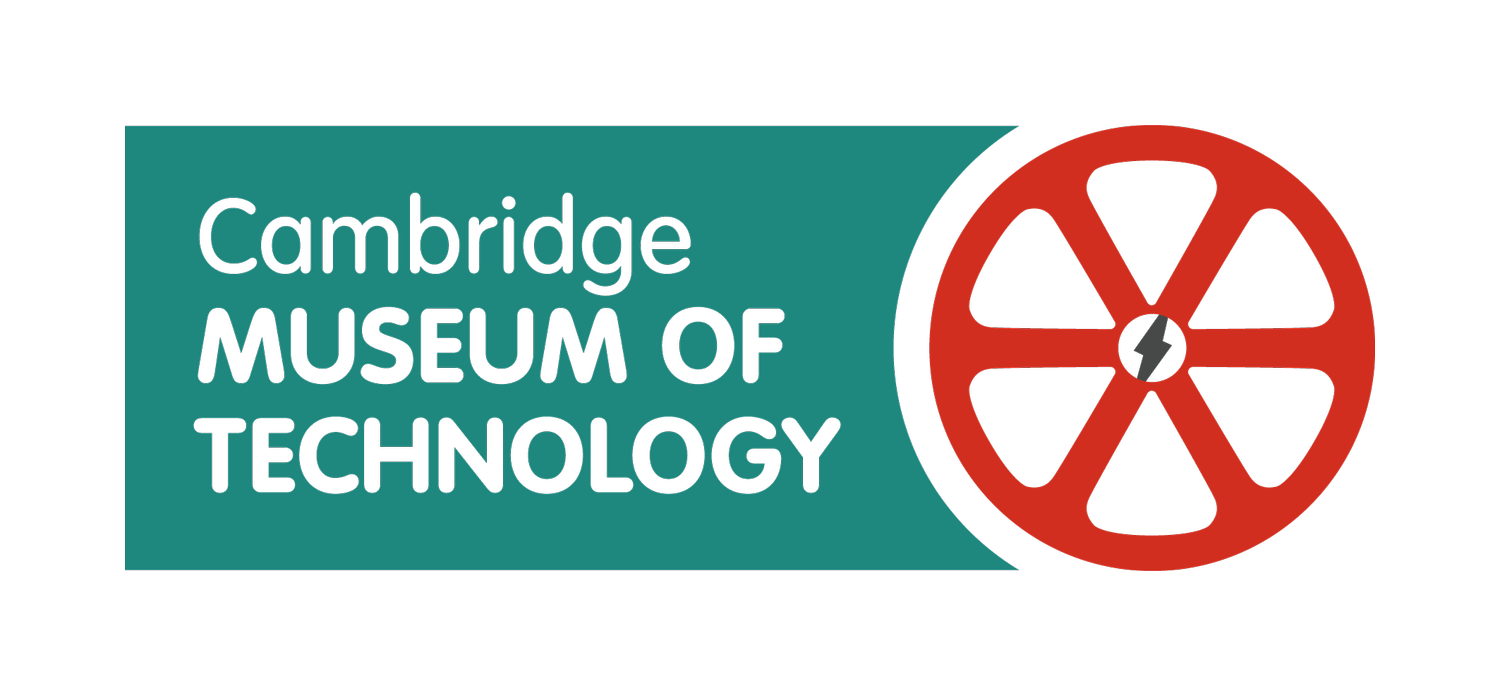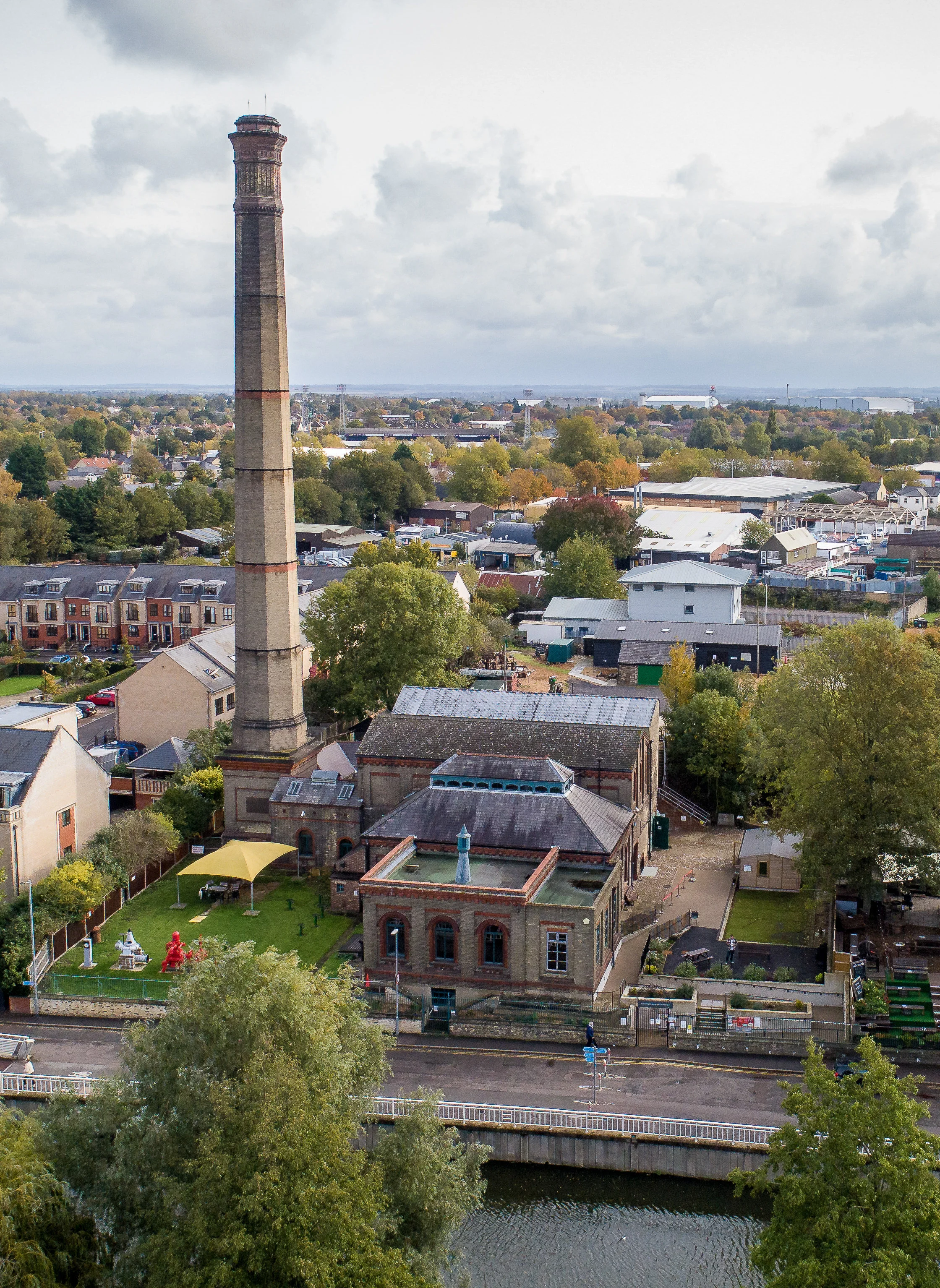As Cambridge Museum of Technology approaches its 50th anniversary, meet the team of volunteers who help to make the Museum run! Want to get involved? We have a volunteer role for everyone!
Video [2 mins] volunteer trustee John Sheppard explains how the development of the pumping station in Cambridge was the start of the city cleaning up its environment
How did you volunteer with Cambridge Museum of Technology?
John Sheppard: As I approached retirement from the water industry, I heard through the Institute of Mechanical Engineers (IMechE) that the Cambridge Museum of Technology were looking for Trustees. I had over three decades of experience in the design and refurbishment of pumping stations, over half of which were sewage pumping stations. It was such a joy to be finding myself now involved in the preservation of two very large, stream-driven sewage pumps from the Victorian era!
What is your role as a trustee?
John: I have a number of roles as a trustee.
As Chair of the technical committee, I work with some truly amazing volunteers who have worked so hard to continuously transform the Museum layout and exhibits.
As lead for the Back in Steam initiative, my experience of project management, contract management, design, financial management and reporting have proved useful.
Video [3 mins]: Trustee John Sheppard features destructors and boilers that were originally used to power pumps at the Old Pumping Station and which have now been restored at Cambridge Museum of Technology.
For example, as a part of the Heritage Lottery grant, the decision was taken to refurbish the main boiler that had deteriorated such that its continued operation was no longer sustainable.
This meant we could no longer hold steam days, which were a major attraction and huge fun days.
This refurbishment work, involving structural refurbishment as well as tube replacement, was completed by a specialist contractor. The Museum is very fortunate to have among our volunteers two retired professional engineers, who are steam experts and have spearheaded the work to reconnect the boiler to the steam engines.
Through the sheer hard work of our volunteers, new pipework, level controls, a water softener, and boiler feed pump have been installed.
With volunteers’ experience and knowledge, we have also been able to source, clean and install replacement plant machinery from the Museum’s own stores, which would otherwise have cost several thousand pounds to acquire: just what we were looking for!

